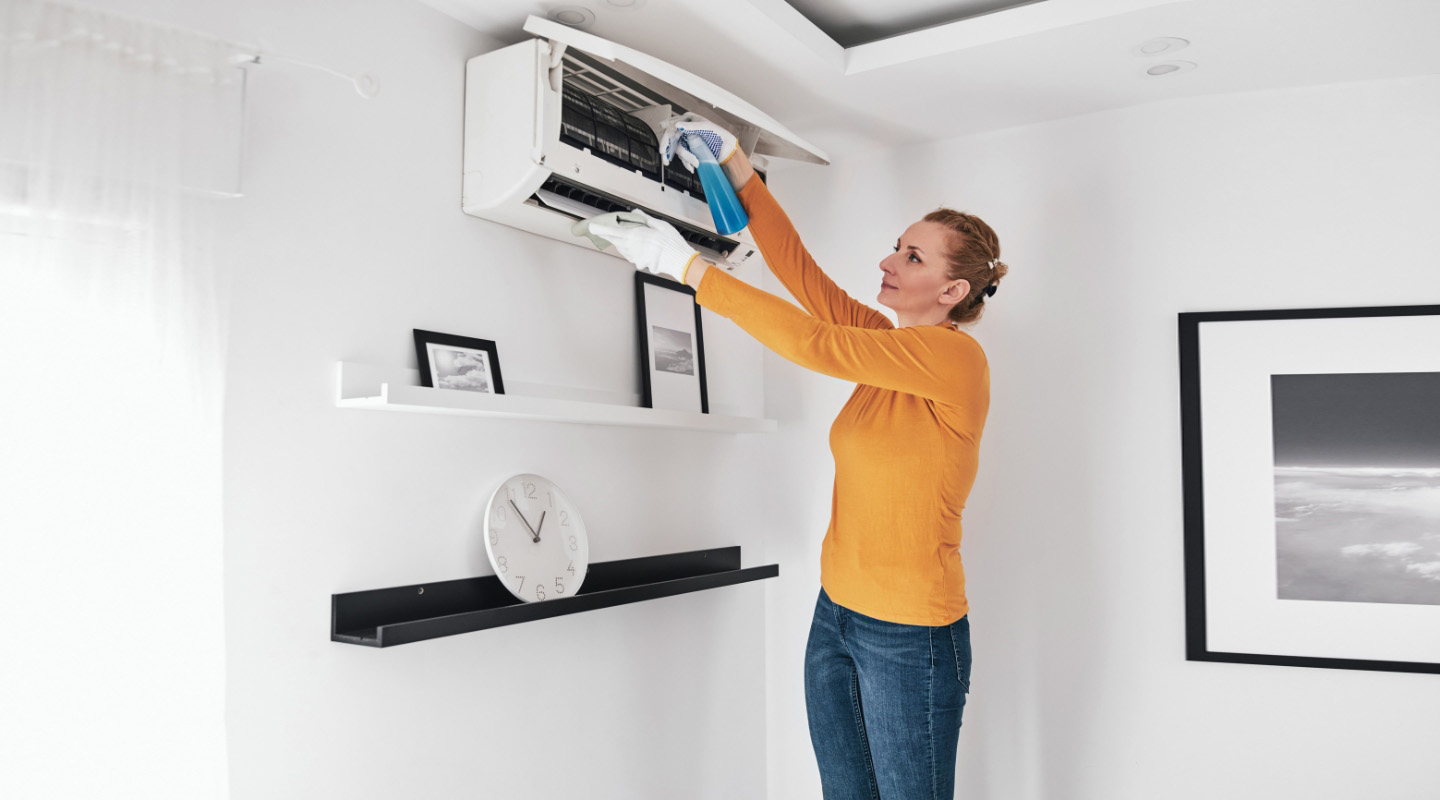
A Comprehensive Guide to DIY Aircon Cleaning at Home (2024)
In the ever-changing landscape of home maintenance, do-it-yourself (DIY) projects have become increasingly popular. When it comes to your air conditioning unit, a well-executed DIY aircon cleaning can be a rewarding and cost-effective way to ensure the efficiency and longevity of your system. In this comprehensive guide, we’ll explore the step-by-step process of DIY aircon cleaning, empowering homeowners to take charge of their cooling comfort.
Understanding the Basics of DIY Aircon Cleaning
Air conditioning units accumulate dust, dirt, and debris over time, affecting their efficiency and indoor air quality. DIY aircon cleaning involves regular maintenance tasks that can be performed by homeowners without professional assistance. Before you begin, it’s crucial to turn off the power to your aircon unit to ensure safety.
Necessary Tools and Equipment
Gathering the right tools is the first step towards a successful DIY aircon cleaning. Here’s a checklist of items you’ll need:
- Screwdriver: For opening the aircon unit and accessing internal components.
- Brush or Vacuum Cleaner: To remove dust and debris from the external surfaces and vents.
- Fin Comb: For straightening bent fins on the condenser and evaporator coils.
- Coil Cleaner: A commercially available coil cleaner for thorough cleaning of coils.
- Gloves and Mask: To protect yourself from dust and cleaning agents.
Step-by-Step Guide to DIY Aircon Cleaning
1. Cleaning External Components:
- Use a brush or vacuum cleaner to remove dust and debris from the exterior surfaces.
- Pay attention to the fins, coils, and vents.
2. Checking and Straightening Fins:
- Inspect the fins on the condenser and evaporator coils.
- Use a fin comb to straighten any bent fins, ensuring proper airflow.
3. Cleaning Filters:
- Remove and clean or replace air filters.
- Dirty filters can hinder airflow and reduce efficiency.
4. Cleaning the Evaporator Coil:
- Apply the coil cleaner to the evaporator coil.
- Follow the product instructions for application and safety precautions.
- Allow the cleaner to sit for the recommended time before rinsing.
5. Cleaning the Condenser Coil:
- Use the coil cleaner on the condenser coil as well.
- Ensure proper rinsing to remove all cleaning residues.
6. Checking and Cleaning the Drain Pan:
- Inspect the drain pan for any standing water or mold growth.
- Clean the pan to prevent blockages and potential water damage.
7. Inspecting and Lubricating Fan Motor:
- Ensure the fan motor is in good condition.
- Lubricate the motor if necessary, following the manufacturer’s recommendations.
8. Checking Refrigerant Levels:
- While checking refrigerant levels may require professional equipment, you can inspect for visible leaks.
- If you suspect a refrigerant issue, it’s advisable to consult a professional.
Pros and Cons of DIY Aircon Cleaning
Pros:
- Cost-Effective: DIY cleaning is generally more budget-friendly than hiring professional services.
- Convenience: You can perform routine maintenance at your convenience without waiting for a scheduled service.
Cons:
- Limited Expertise: DIY cleaning may not address complex issues that professionals can identify.
- Safety Concerns: Handling cleaning agents and internal components may pose safety risks if not done with care.
Tips for a Safe and Effective DIY Aircon Cleaning
- Safety First: Always turn off the power before attempting any cleaning or maintenance.
- Follow Instructions: Adhere to product instructions for cleaning agents and equipment.
- Regular Schedule: Establish a regular cleaning schedule to maintain optimal performance.
- Professional Checkups: Despite DIY efforts, periodic professional checkups are recommended for a thorough inspection.
Conclusion
DIY aircon cleaning is a practical way for homeowners to actively contribute to the maintenance of their cooling systems. By following the step-by-step guide and incorporating safety measures, you can enhance the efficiency of your air conditioning unit and enjoy a comfortable and healthy indoor environment. Keep in mind that while DIY cleaning is beneficial, periodic professional servicing remains essential to address complex issues and ensure the longevity of your aircon.
